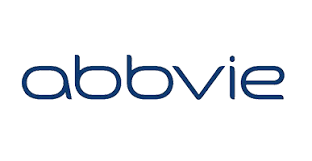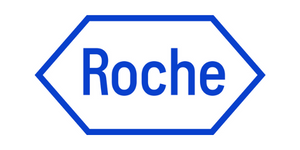Congress Center,
Basel Switzerland
Where Antibody, Protein and ADC Innovation is Driven to Commercial Success
Europe's Leading Antibody Event for Discovery, Engineering and Therapeutic Development in Neurodegeneration, Metabolism, Autoimmunity & Much More.

2026 Preliminary Agenda Now Available | Final Call for Speaker Submissions
Download the 2026 preliminary agenda to access the latest list of 40+ speakers across our Antibody Engineering & Therapeutics track, as well as our brand new track on ADCs and Bioconjugates.
Interested in speaking? Be sure to submit a speaking proposal today as limited slots remain.
Early Confirmed Keynote Speakers for Antibody Engineering & Therapeutics Europe 2026
Next-Gen Antibody & ADC Discoveries: 9 Topic Streams PLUS A Brand New Track on "ADCs & Bioconjugates" to Drive Innovation and Maximise Efficacy
Level up your antibody and ADC expertise at Antibody Engineering & Therapeutics Europe 2026. Your ticket includes access to all conference sessions, interactive discussions, and networking opportunities, plus 12 months of on-demand recordings to enhance your learning.
Emerging In Vitro Approaches to Antibody Discovery
Advanced In Vivo Antibody Discovery
Modulating the Fc Region of Antibodies
Multi-specific Engineering
Co-stimulation and Cell Engagers
Masked, Gated & Conditionally Activated Antibodies
Non-Oncology Novel Targets and Approaches
AI & Machine Learning in Antibody Discovery and Development
Antibody Drug Conjugates – Novel Payloads and Engineering
Top BioPharma in Attendance at Antibody Engineering & Therapeutics Europe
Antibody Engineering Europe...The Numbers
+
Attendees
+
Speakers
+
Sponsors & Exhibitors
+
Poster Presentations
Advance Your Antibody Discovery Through Insights, Innovation, and Networking at Antibody Engineering & Therapeutics Europe
Revolutionise Antibody Discovery with Cutting-Edge Insights
Our expertly curated scientific agenda advances your antibody discovery and engineering initiatives. With 9 focused session themes featuring case studies and interactive discussions, uncover strategies to enhance discovery timelines and engineering precision.
Poster Presentations to Showcase your Research
Gain recognition for your research by presenting a poster at the event. Showcase your findings, engage with leading experts, and expand your network to elevate your profile in the global community.
Who Will You Meet?
Connect with more than 350 leaders in antibody and protein engineering, including renowned industry and academic scientists, as well as therapeutic development experts, who will share the latest preclinical and clinical data on antibodies, ADCs, bispecifics, and immuno-oncology programs.
Find Your Next Partner in Antibody Discovery and Engineering
Our Exhibit Hall features over 30 partners showcasing the latest advancements in the antibody field. Explore innovative technologies and solutions to enhance research and accelerate the discovery process for commercial success.
Taking Center Stage in Charming Basel
This year, the heart of antibody research shifts to Basel, a city where world-class science meets vibrant culture. Nestled on the Rhine, Basel’s stunning architecture, renowned museums, and lively café scene provide the perfect backdrop for inspiration, connection, and collaboration.
Enhance Your Event Experience with the ConnectMe
Our industry-leading ConnectMe app enhances your onsite experience with real-time updates and meeting scheduling. Access the attendee list, personalise your agenda, and engage with digital posters for seamless networking!
About The Antibody Society
The Antibody Society is an international, non-profit trade association serving individuals and organizations involved in antibody-related research and development. We research and analyze data on targeted therapeutics developed by the biopharmaceutical industry, and distribute our results and commentary via the Society’s website, presentations and publications. The Society hosts educational webinars and Symposia, and serves as the home for the Adaptive Immune Receptor Repertoire (AIRR) Community, which focuses on the generation, use, sharing and standardization of next-generation sequencing of antibodies and T cell receptors. In addition, we engage with international agencies on matters of importance to the antibody community.
Our members serve as the Scientific Advisors for the Antibody Engineering & Therapeutics conferences. The scientific programs for the meetings are designed by our Meetings Committee.
To learn more about The Antibody Society, meeting advisors and guest chairs please click here.




























